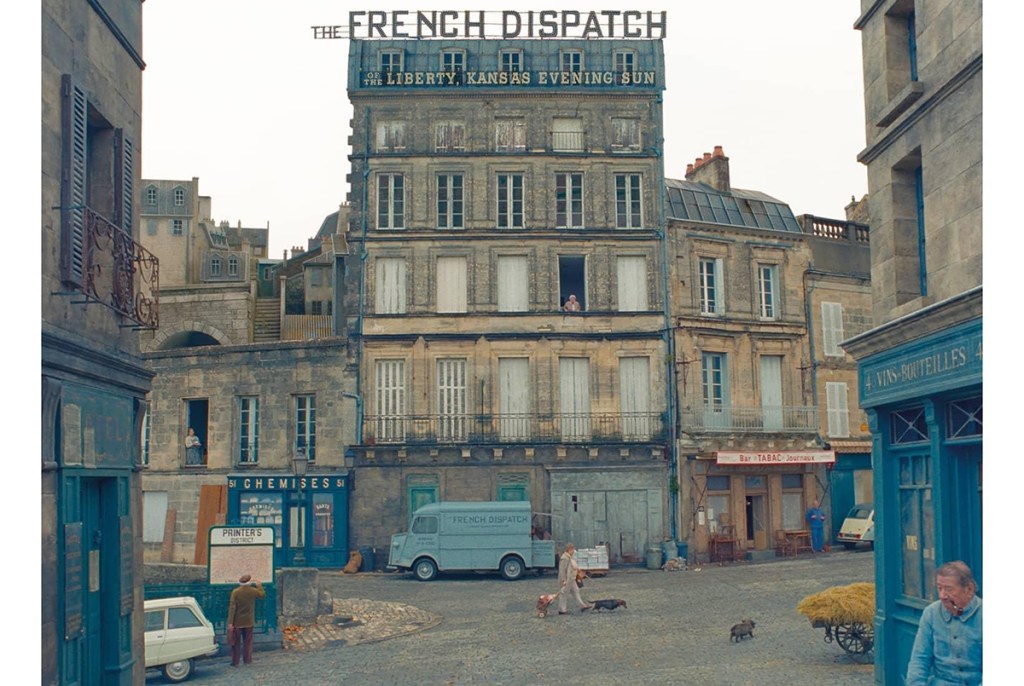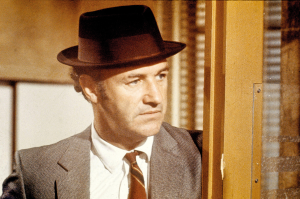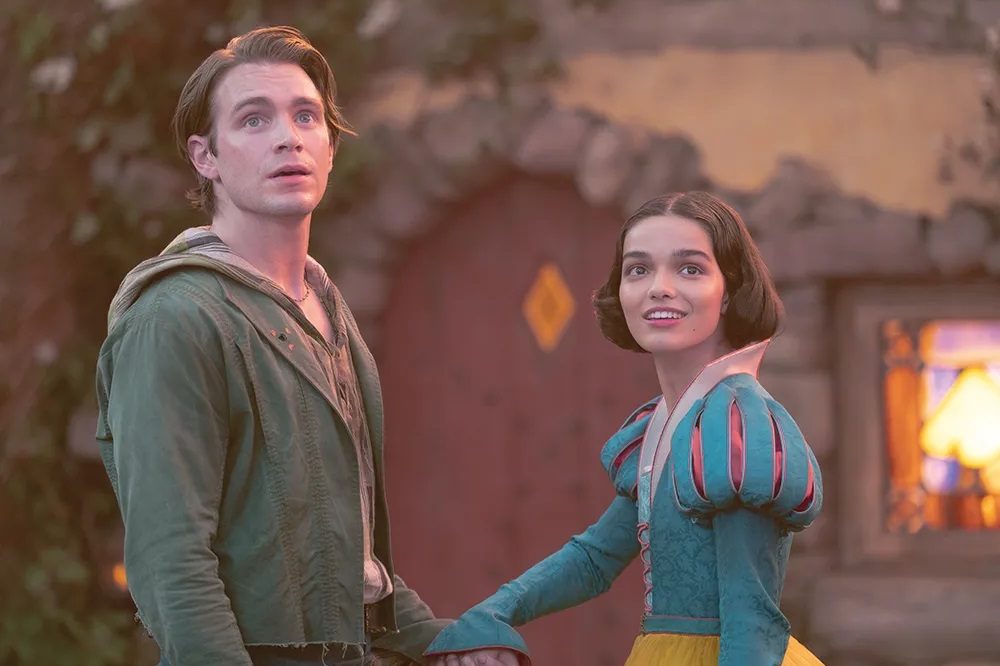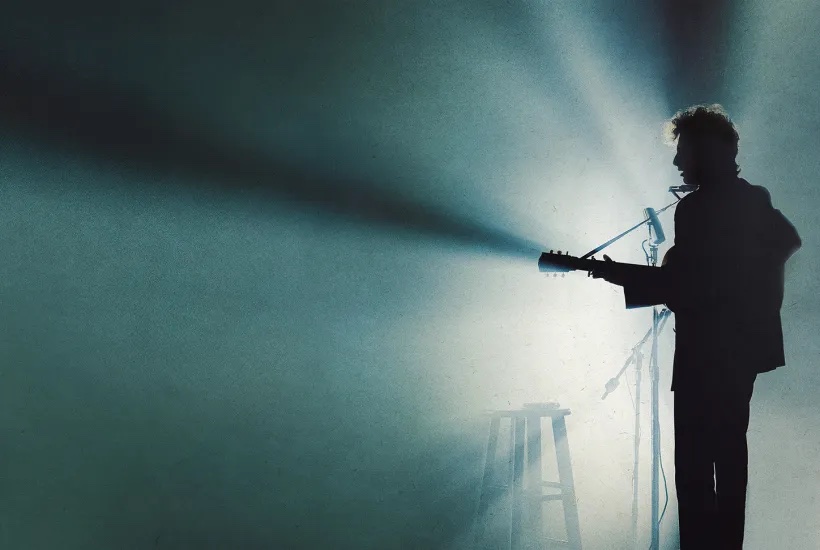Wes Anderson has an apartment in Paris and has always yearned to make a French movie but also he has always yearned to make a film about the New Yorker, the magazine with subscribers all round the world, some of whom actually get round to reading it before throwing it out, and some of whom don’t. (She says, guiltily.) So The French Dispatch is, he has said, the “smooching” of these two ideas, and it is, alas, a “smooch” of a film. That is, not one thing or the other. I would further add it’s as if all the cast had been instructed to act wackily and off-kilter throughout because we won’t get tired of that. But I promise you we quickly do.
This is an anthology film set at The French Dispatch, a fictional magazine, as inspired by the New Yorker, and based in the fictional French town of Ennui-sur-Blasé. (The late critic Roger Ebert once criticized Anderson for his “terminal whimsy”; you can understand why.) It stars Bill Murray as the magazine’s editor, Arthur Howitzer Jr, who is based on Harold Ross, the New Yorker’s first editor. However, when I say it stars Bill Murray there isn’t much of Bill Murray. If you manage to cast Bill Murray, which is never easy — he does not have an agent or cell phone; you have to leave a message on his answerphone — you would hope for Ghostbusters levels of Bill Murray, or Lost in Translation levels, or Broken Flowers levels, but he’s in just a few scenes. Still, he does better than a host of other stars — Saoirse Ronan, Willem Dafoe, Edward Norton, Elisabeth Moss, Christoph Waltz — where it’s a case of blink and you’ll miss them. That said, it is fun noting who you’d miss, if you did blink. I now realize I missed Henry Winkler, so must have blinked then.
The film focuses on this month’s edition of the magazine, which is to be the last, as Howitzer has just died. (A heart attack; Murray’s no more!) It’s set in the 1960s as we follow three of the stories being written. The first is the story of an imprisoned painter (Benicio del Toro), his prison guard (Léa Seydoux) and an art dealer (Adrien Brody), as told by the magazine’s art critic (Tilda Swinton). Then it’s the Paris student uprising (starring Timothée Chalamet and Frances McDormand) and finally a (muddled) crime mystery featuring the police commissar’s chef (Stephen Park), as recounted by the magazine’s food writer (Jeffrey Wright). The chef is called Nescafier, although it could have been Maxwell Maison, I suppose. Terminal whimsy, it can be catching.
This is all told at a frantic lick as the narrative switches from live action to graphics, color to black and white, and other techniques that seem meretricious rather than useful. The characters might suddenly all stand stock-still during a fight, for example, which is arresting the first time, but do we need it again? And again? But most troublingly, the characters aren’t given any space to live and breathe. They’re cartoonish, as performed cartoonishly throughout, and if any one of them fell into the Blasé and drowned, you’d struggle to care. It’s as if too much time and attention has been given to the aesthetics — the sets are glorious — and almost none to putting some heart and soul into it.
This article was originally published in The Spectator’s UK magazine. Subscribe to the World edition here.

























